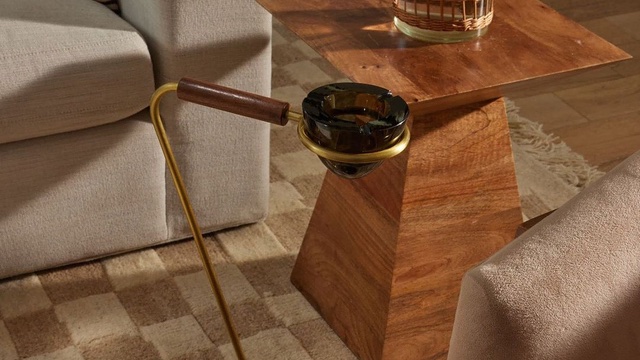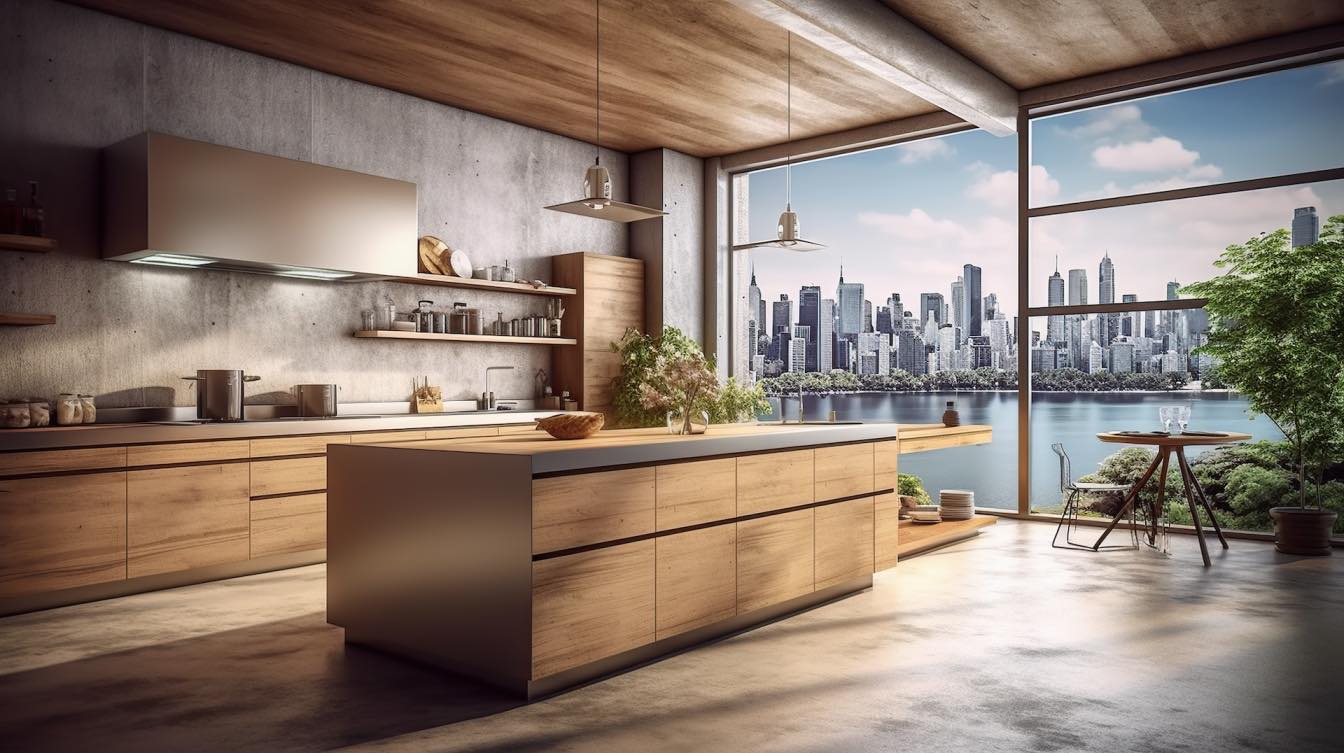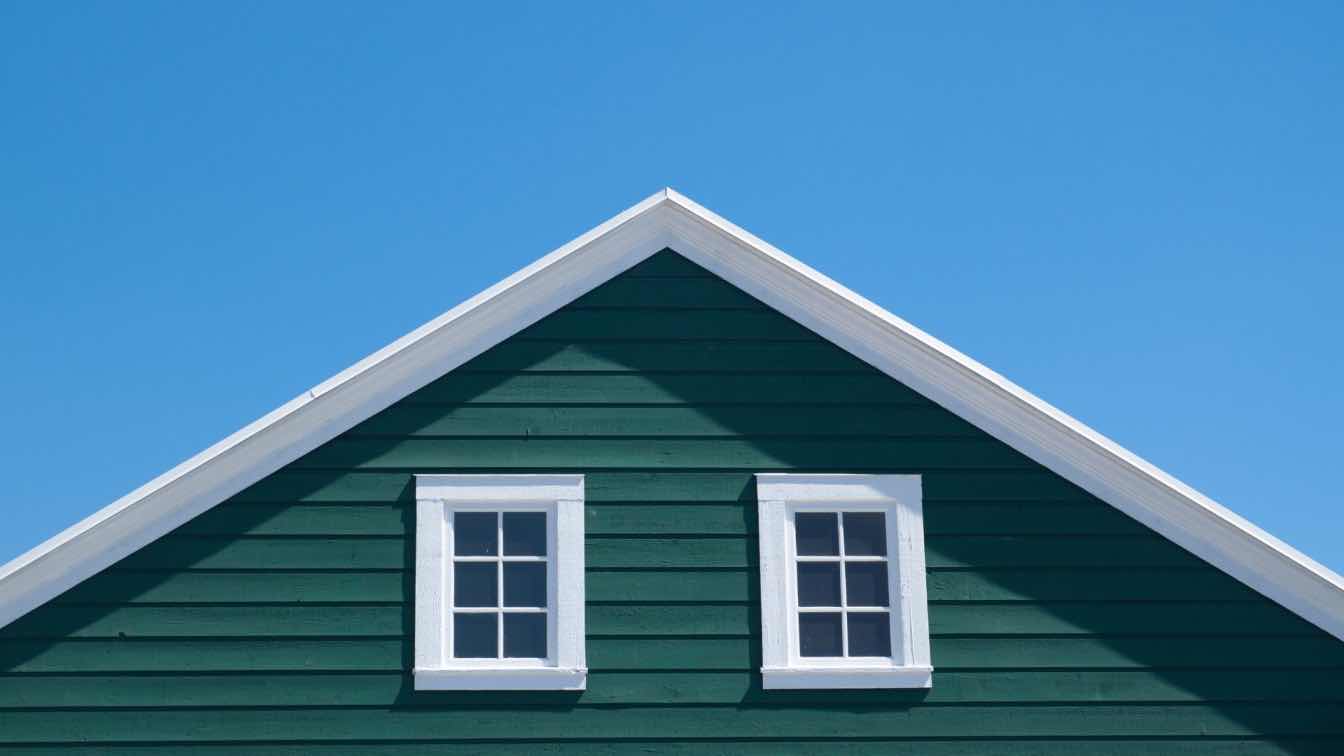As a homeowner, you must understand the ins and outs of modern roof architecture. From energy efficiency to aesthetic appeal, your home's roof is more than just a cover over your head. Let's delve into key components that make modern roof architecture vital to your home's overall design and functionality.
Materials Matter
Materials are crucial in modern roof architecture for several reasons. Florida's Cultural Coast homeowners often consult experts in roof repairs in Sarasota for further consultation who explain the essence of this factor. First, the choice of roofing material directly influences the durability and longevity of your roof. Different materials like metal, asphalt, or slate have varying lifespans, with some lasting as long as 50 years or more. Second, materials affect energy efficiency. Some materials have high reflective properties, bouncing back the sun's rays and keeping your home cooler in summer. Others provide excellent insulation, reducing heat loss during winter.
Third, materials contribute to the aesthetic appeal of your home. They come in various colors, patterns, and textures, allowing you to align your roof's look with your home's overall architectural style. Lastly, the sustainability of materials is increasingly important, with many homeowners now opting for eco-friendly options. Therefore, the right choice of roofing material impacts not only the functionality and longevity of your roof, but also its energy efficiency, appearance, and environmental impact.
Slope and Pitch
The slope and pitch of a roof are critical facets of modern roof architecture. They directly impact the drainage capabilities of a roof. A properly sloped roof allows for efficient rainwater removal, thereby preventing water leakage and subsequent damage to the home. Also, the pitch of a roof influences the aesthetic appeal and overall design of a house. It can significantly affect the home's exterior look, tying in with architectural style and personal preference.
Lastly, the slope and pitch of a roof can affect the interior volume of a house, potentially creating additional living or storage space. Thus, understanding the importance of slope and pitch is integral to maximizing the functionality, design, and space optimization of your home.
Ventilation is Vital
Ventilation allows for the efficient expulsion of hot air, reducing the overall heat inside your home and thereby contributing to energy efficiency. It also aids in moisture control, preventing the buildup of condensation which can lead to mold growth and structural damage.
Moreover, a well-ventilated roof can extend the lifespan of your roofing materials by reducing temperature extremes that cause wear and tear. Lastly, it improves indoor air quality by promoting better air circulation. Thus, proper roof ventilation not only enhances the longevity of your roof and promotes energy efficiency but also contributes to a healthier indoor environment.
Maintenance and Inspections
No matter what kind of roof you have, there's a maintenance checklist you must uphold. These are the following things:
Regular inspections
Clean gutters
Trim overhanging branches
Check for moss and algae
Inspect flashing and seals
Examine attic ventilation
Inspect insulation
Look for signs of water damage
Check for animal damage
Professional inspections
Regular checks not only detect minor issues before they escalate into costly repairs but also ensure that the roof is in optimal condition. They help preserve aesthetic appeal, maintain energy efficiency, and safeguard the structure from potential damage. Furthermore, professional inspections can provide expert insights into the roof's condition, contributing to its overall lifespan.
Energy Efficiency
Energy efficiency in modern roof architecture is paramount, as it directly impacts a home's environmental footprint and utility costs. Efficient roofs help regulate indoor temperatures, reducing the need for artificial heating or cooling and thereby lowering energy consumption.
This not only leads to substantial savings on utility bills but also significantly reduces a household's carbon emissions. Furthermore, energy-efficient roofs often utilize sustainable materials or technologies, contributing to the broader goal of environmental conservation. In essence, energy efficiency in roofing is not just about cost savings—it's also a crucial component of sustainable living and responsible homeownership.
Local Building Codes and Permits
Building codes and permits ensure that construction adheres to safety standards, protecting both homeowners and communities from potential hazards. Codes establish guidelines for materials, design, and installation, reducing the risk of structural failures or fire hazards. Importantly, they also take into account regional climatic conditions, ensuring that roofs can withstand local weather events like hurricanes or heavy snowfall.
Furthermore, permits provide a system of oversight, as authorities inspect the construction process at various stages for compliance. Non-compliance could lead to fines, legal issues, or even forced modifications. Hence, understanding and following local building codes and permits is essential for safe, legal, and resilient roofing.
In conclusion, as you navigate your way through the complexities of roof architecture, remember that every decision made, from materials to maintenance, directly impacts the functionality, aesthetic, and energy efficiency of your home. Stay informed, consult professionals, and proactively upkeep your roof to ensure a safe, comfortable, and sustainable living environment.





